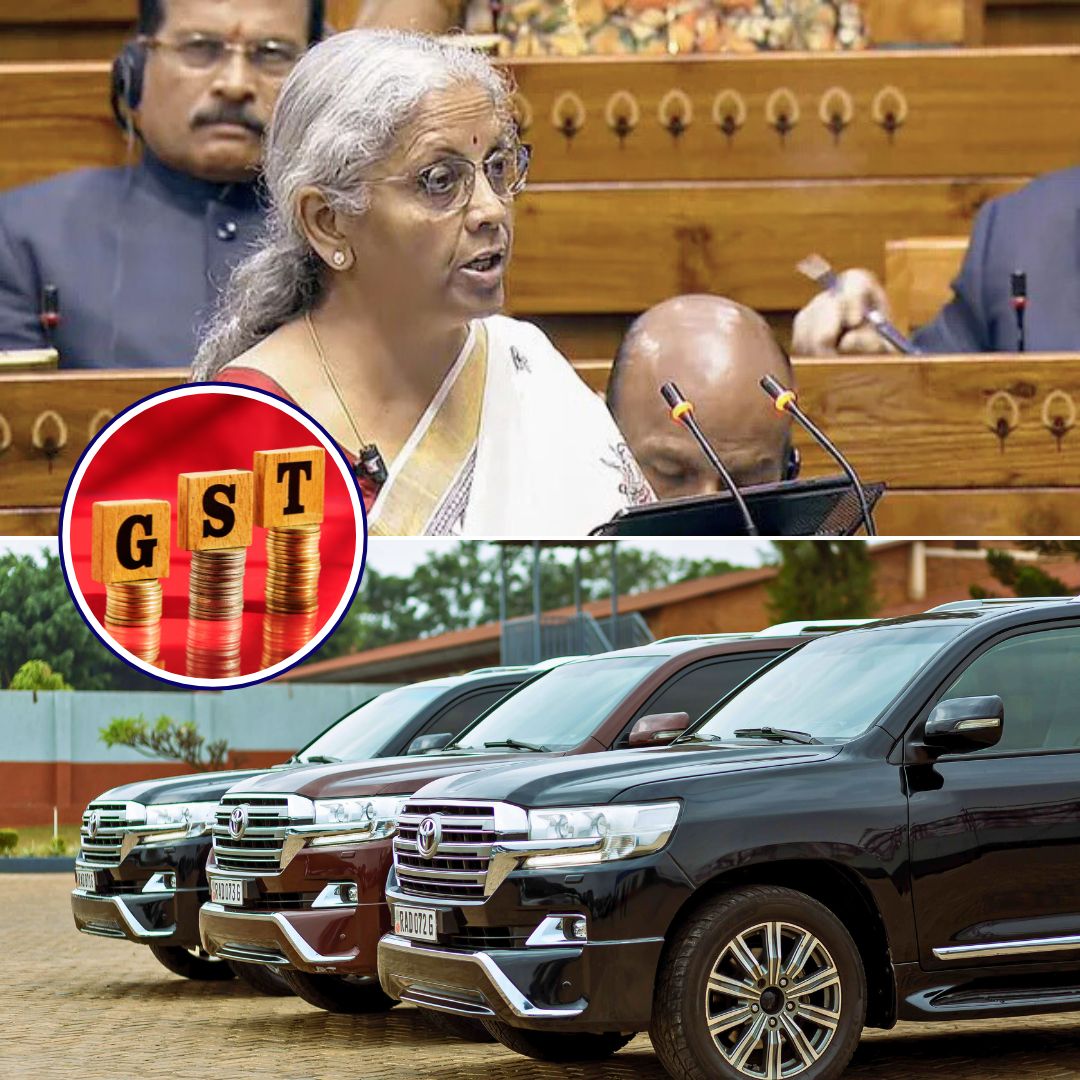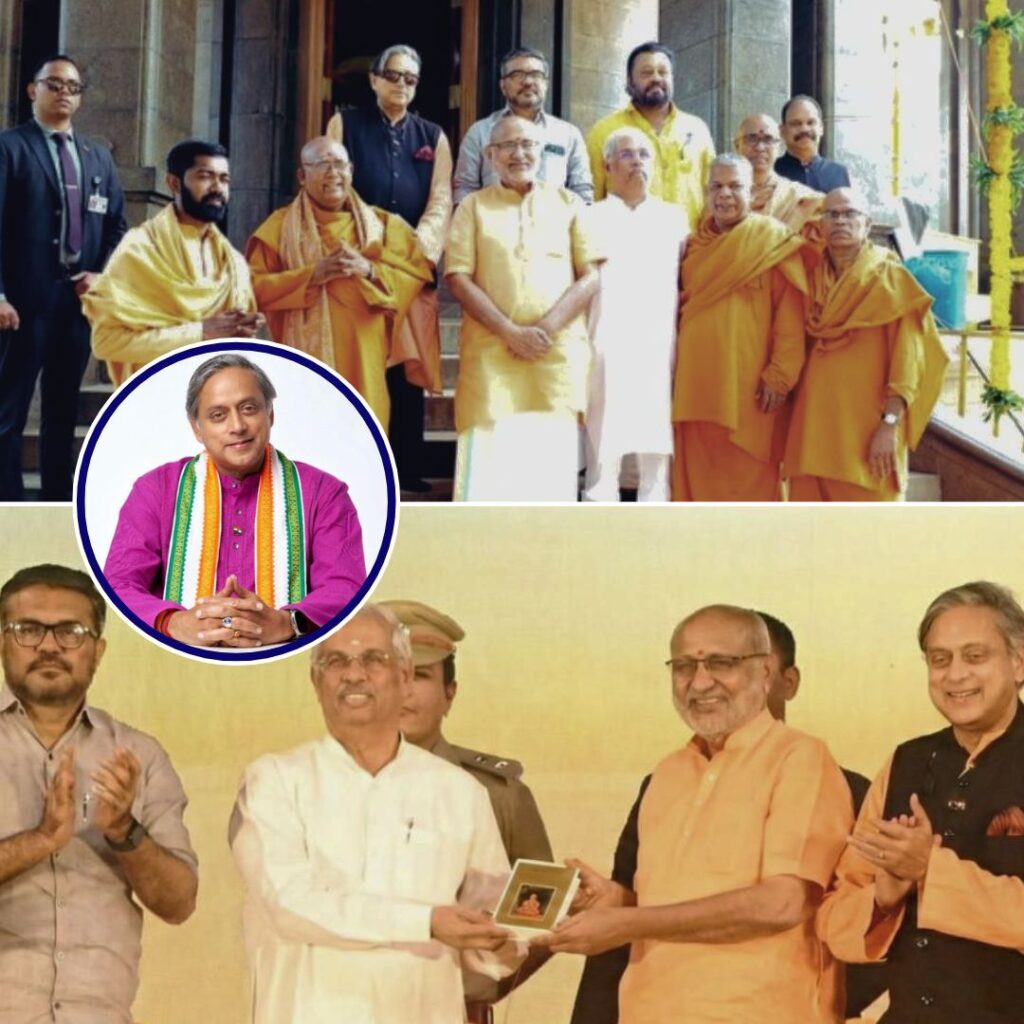Starting September 22, 2025, buying a vehicle in India is set to become easier on the pocket. The GST Council has overhauled the auto tax structure, cutting rates for both small and large vehicles. Bigger petrol and diesel cars, which earlier attracted nearly 50% tax (28% GST plus a 22% cess), will now face a flat 40% GST with the cess removed.
Meanwhile, smaller cars, bikes under 350cc, three-wheelers, buses, and trucks will be taxed at just 18%. The move is aimed at boosting demand ahead of the festive season and is expected to bring relief to buyers as well as a push for automakers.
Rationalising Luxury and Utility Vehicle Taxes
Under the new GST 2.0 structure, premium cars and bigger SUVs, formerly taxed at nearly 50% due to the combined GST and compensation cess, now attract a uniform 40% GST slab. Popular models like Mahindra XUV700, Toyota Fortuner, and midsize sedans fall into this category, offering buyers significant savings.
Finance Minister Nirmala Sitharaman highlighted, “The removal of compensation cess and simplification of tax slabs brings clarity and relief, helping to boost demand and provide affordable options to the customer.”
Meanwhile, smaller vehicles, including entry-level cars, motorcycles up to 350cc, three-wheelers, and commercial vehicles like buses and trucks, have their GST reduced from 28% to 18%. This move ensures accessibility for a large segment of buyers, particularly in rural and semi-urban areas, where smaller vehicles dominate. The abolition of overlapping cess taxes is also expected to lower costs for manufacturers, potentially passing on greater benefits to consumers.
Background: GST’s Evolution and the Case for Reform
Since its introduction in 2017, GST comprised multiple slabs, 5%, 12%, 18%, and 28%, with additional compensation cesses on luxury goods, including vehicles. The layered tax structure often complicated pricing and compliance, burdening consumers with high effective tax rates, especially on premium vehicles exceeding 1500cc or a length of 4000mm. Recognising the need to stimulate demand and simplify tax administration, the GST Council unanimously approved the shift to three simplified slabs, 5%, 18%, and 40%, removing the compensation cess as a separate levy.
This is the most significant GST reform since its inception and aligns with broader efforts to stimulate economic growth, reduce inflationary pressures, and enhance consumption, particularly as the country heads into the peak festive buying season.
The Logical Indian’s Perspective
This tax rationalisation is a welcome step towards making automobiles more affordable and tax-transparent, benefiting a wide socioeconomic spectrum of buyers. Yet, it raises pertinent questions about balancing environment-friendly policies with consumer interests, as lower taxes on large petrol and diesel vehicles could impact India’s sustainability goals.











